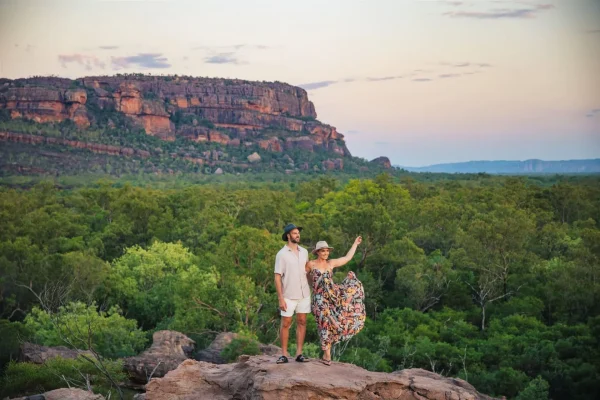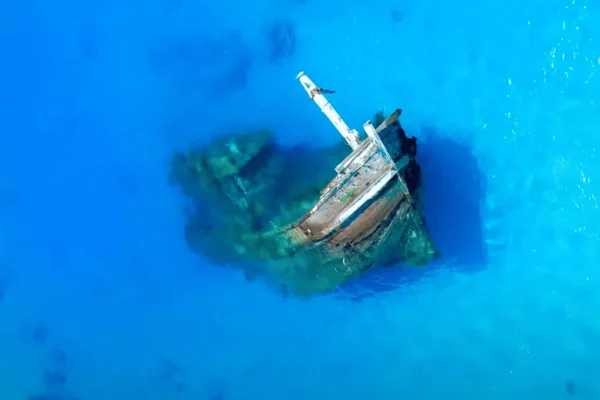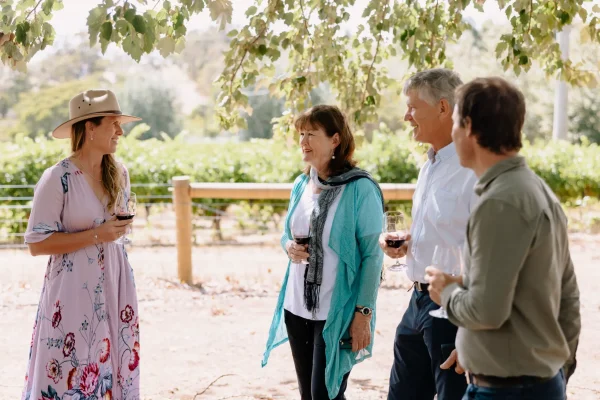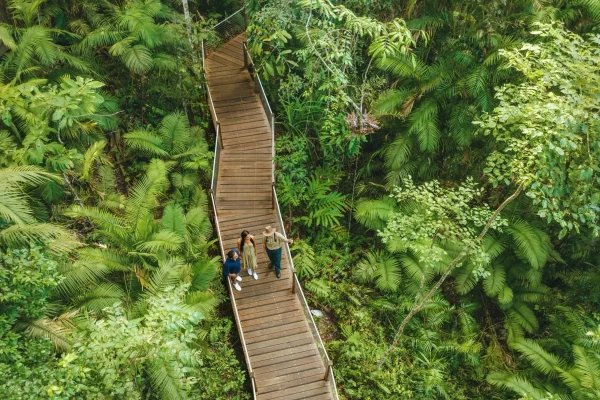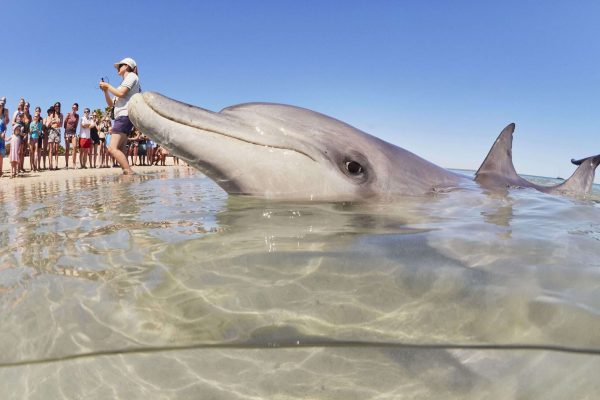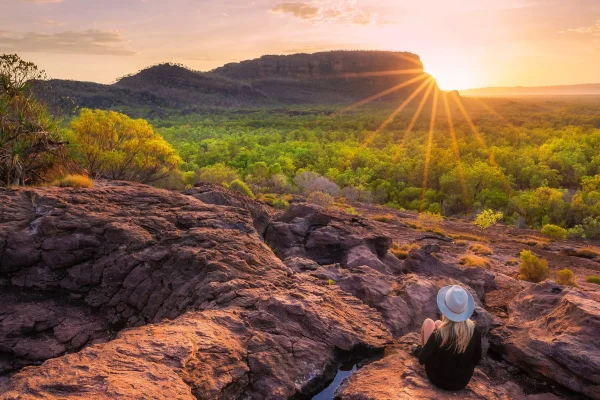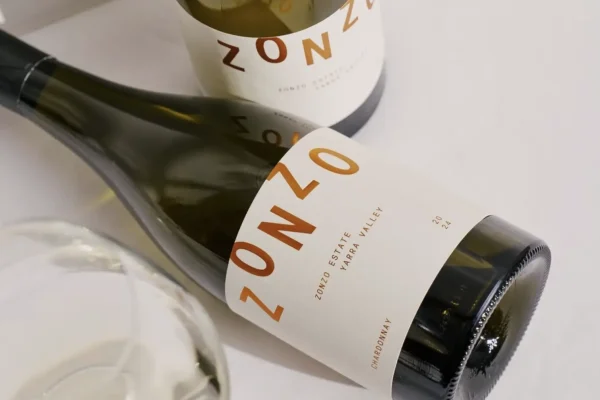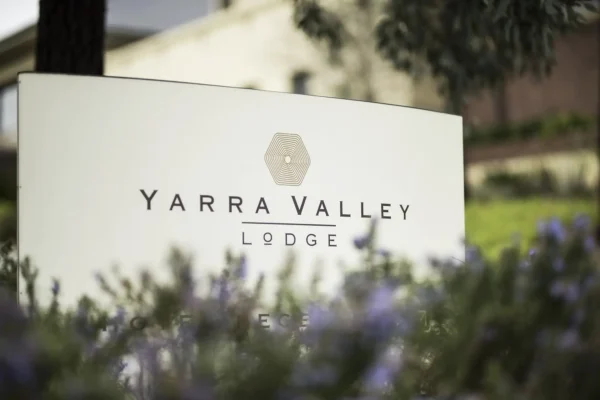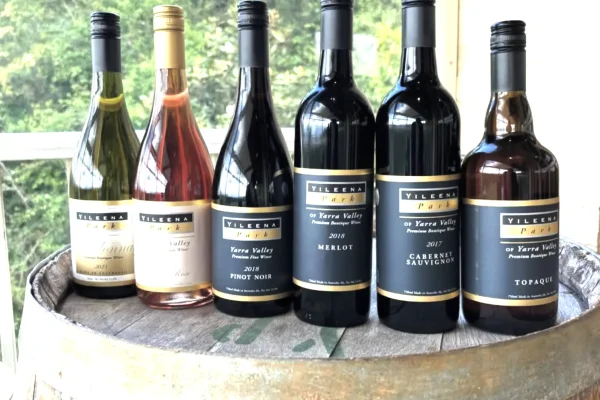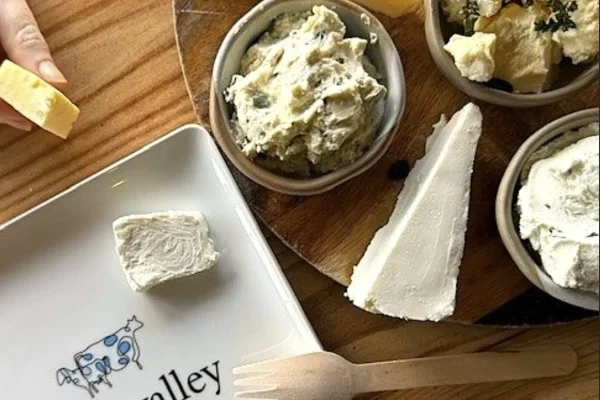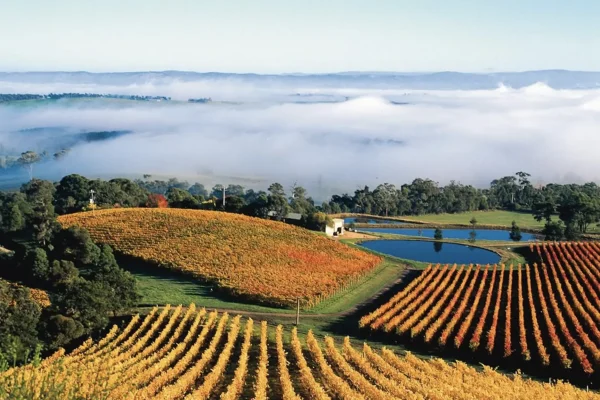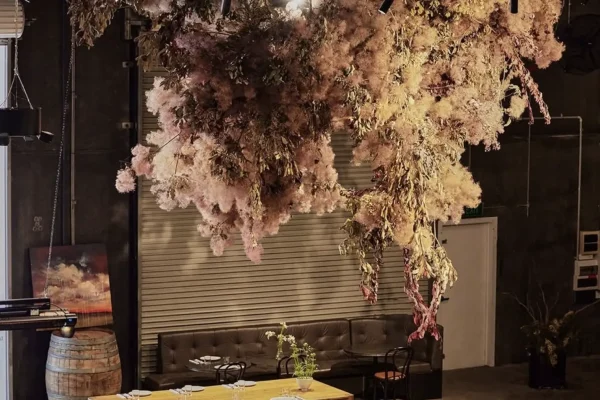Phillip Island is off the southern coast of Australia and is famous for its national parks, wildlife and long-term conservation. The island’s natural environments, from beaches to woodlands, have a wide range of native plants and animals. Conservation parks on Phillip Island are about preserving biological diversity, cultural heritage and the resilience of native wildlife for future generations. With public facilities and a legislative framework to guide environmental actions, Phillip Island is a part of Australia’s conservation landscape.
Natural Beauty and Importance
Phillip Island has diverse habitats with stunning scenery, from cliffs and natural treasures to beaches that support a wide range of activities. The island’s ecosystem has unique geological features, native wildlife and habitats that are critical for migratory seabirds like masked boobies. Conservation agreements and actions to protect these natural environments reflect Australia’s commitment to cultural values and biological diversity. Phillip Island has cultural heritage sites and National Parks that show the importance of keeping animal communities and plant species in their natural habitats.
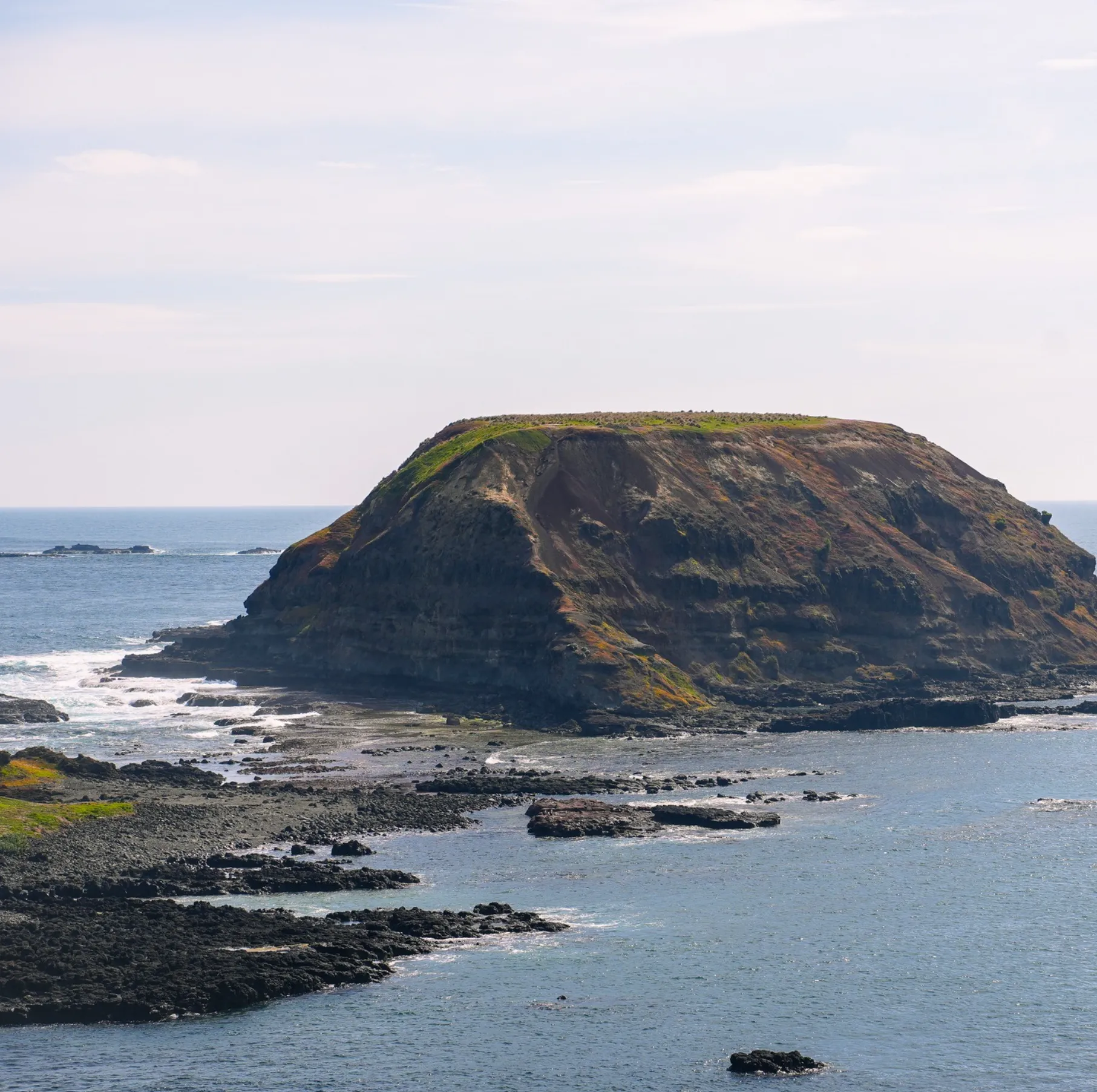
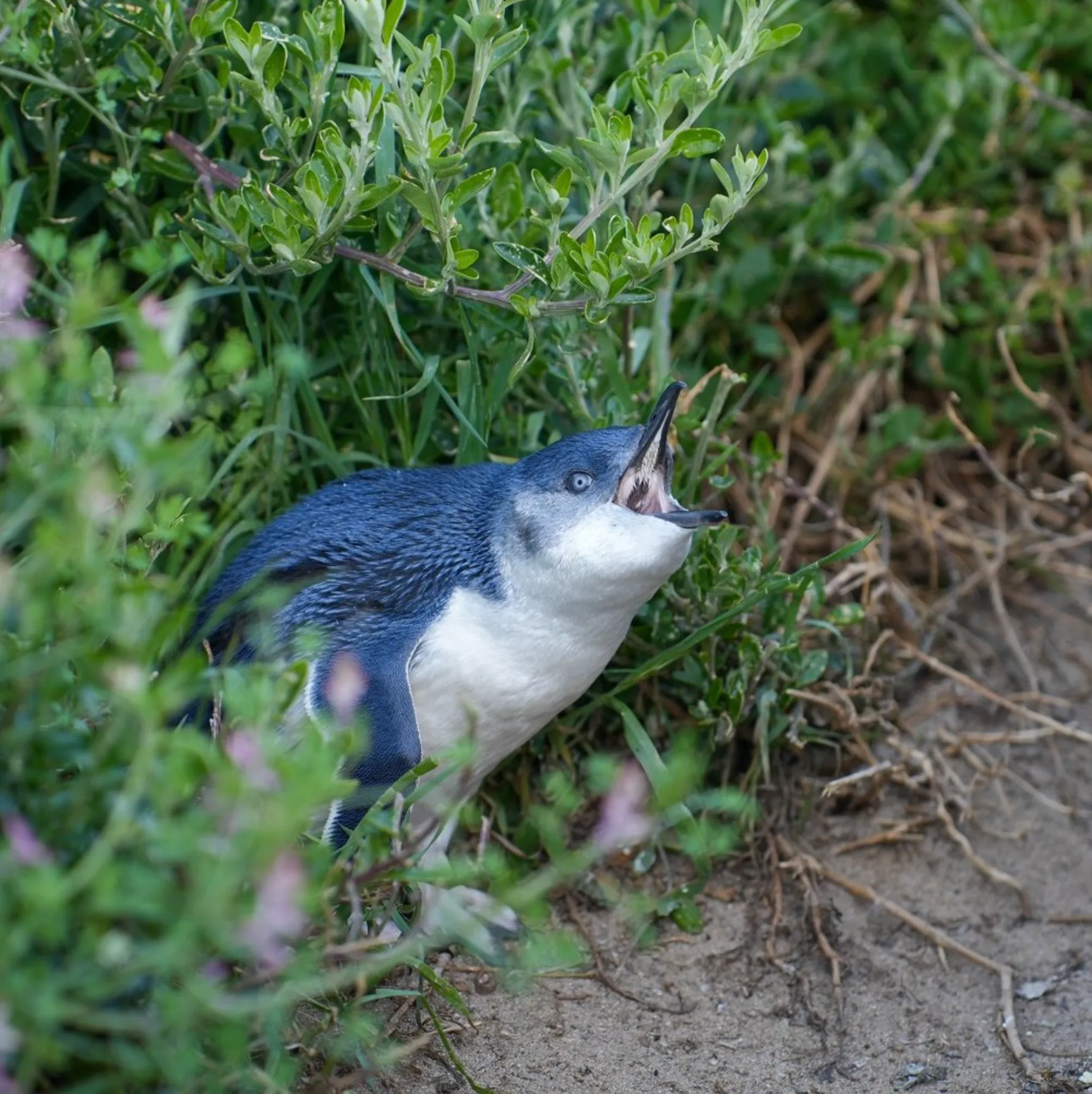
Penguin Parade and Nature Parks
A world wide phenomenon the Penguin Parade at Phillip Island Nature Parks is a must see for visitors who want to see little penguins come ashore at dusk. The revenue from the parade helps fund conservation values and wildlife rescue programs on the island. Phillip Island Nature Parks also has a range of nature conservation projects from habitat protection to special wildlife reserves. Visitor Information Centres provide beach safety information and promote environmental awareness so visitors can enjoy the natural environment responsibly.
Koala Conservation Reserve
The Koala Conservation Reserve is a sanctuary for Australia’s native koalas in a natural environment designed for long-term conservation. Here, koalas live among native plant species in a protected environment that promotes animal health and well-being. The reserve’s education team runs projects that tell visitors about koala behaviour, wildlife challenges and conservation programs. Concession entry is available so everyone can visit and support nature conservation and species resilience.
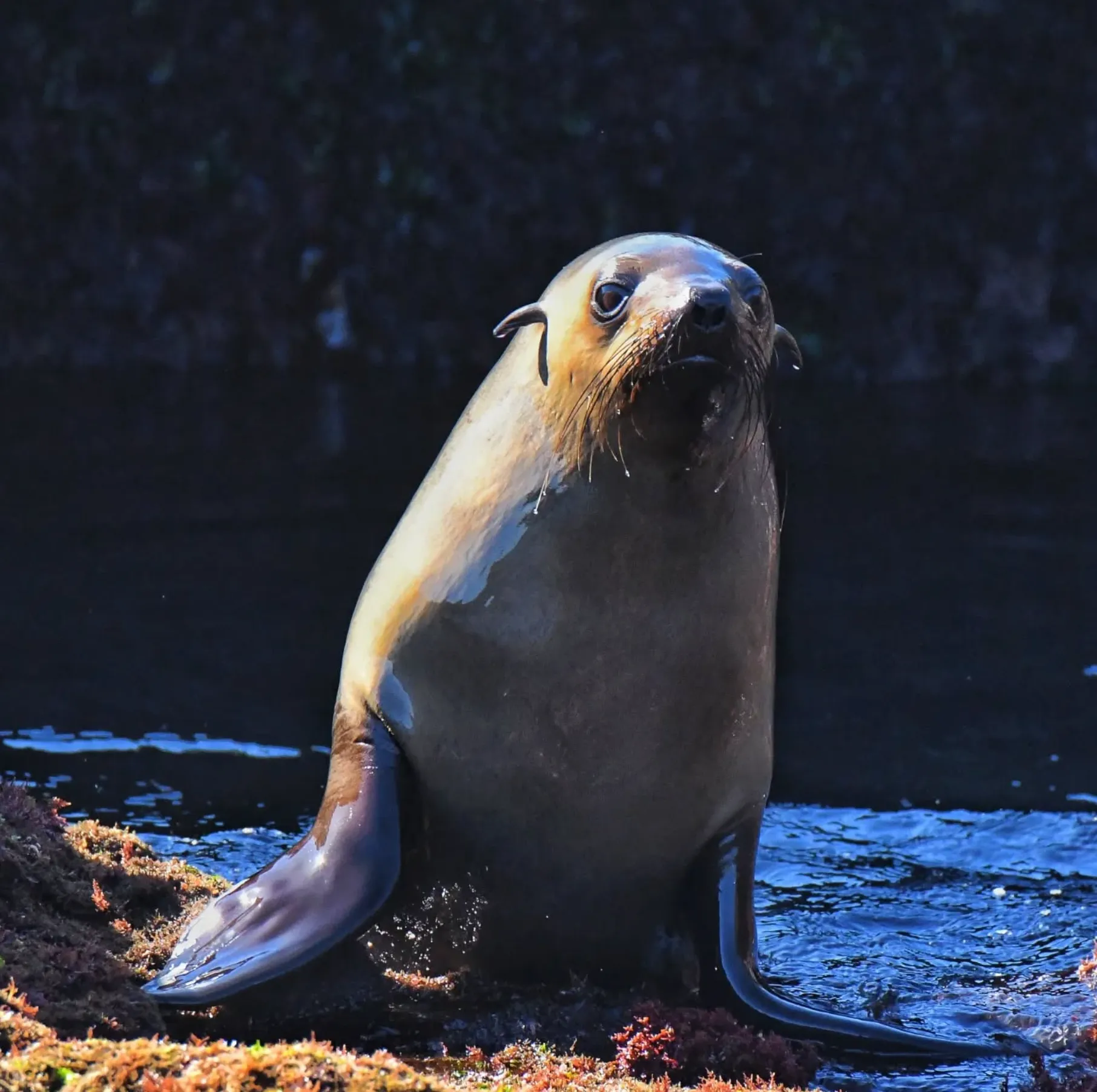
Seal Rocks and the Nobbies Centre
Churchill Island Heritage Farm
Churchill Island is a cultural heritage site and nature refuge and a piece of Phillip Island’s history. You can see traditional farming activities like sheep shearing and cattle mustering, which help preserve the island’s cultural values. Churchill Island is also home to many native animals and plants. Part of the conservation reserves on the island Churchill Island Heritage Farm helps protect natural habitats and animal communities.
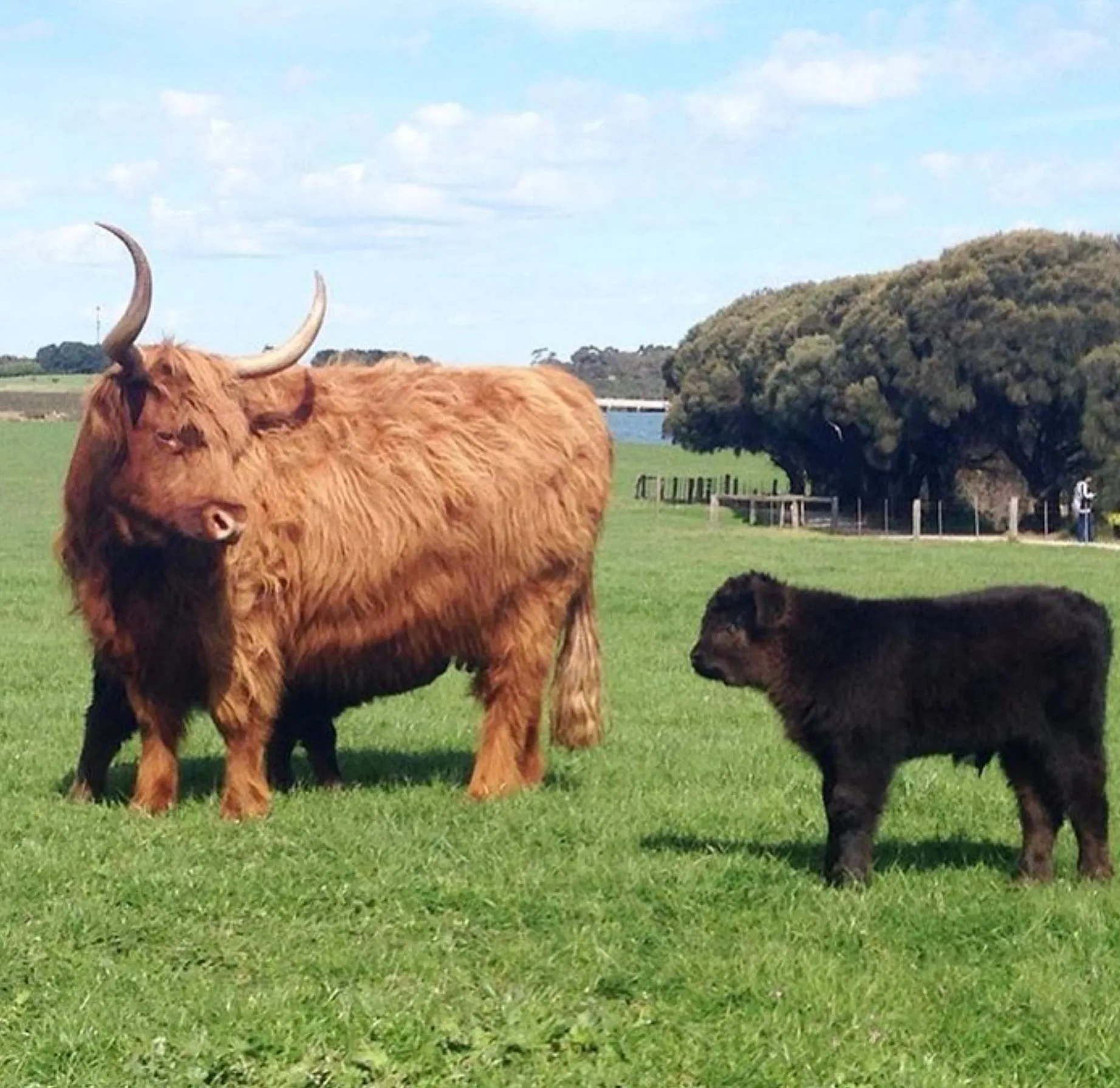
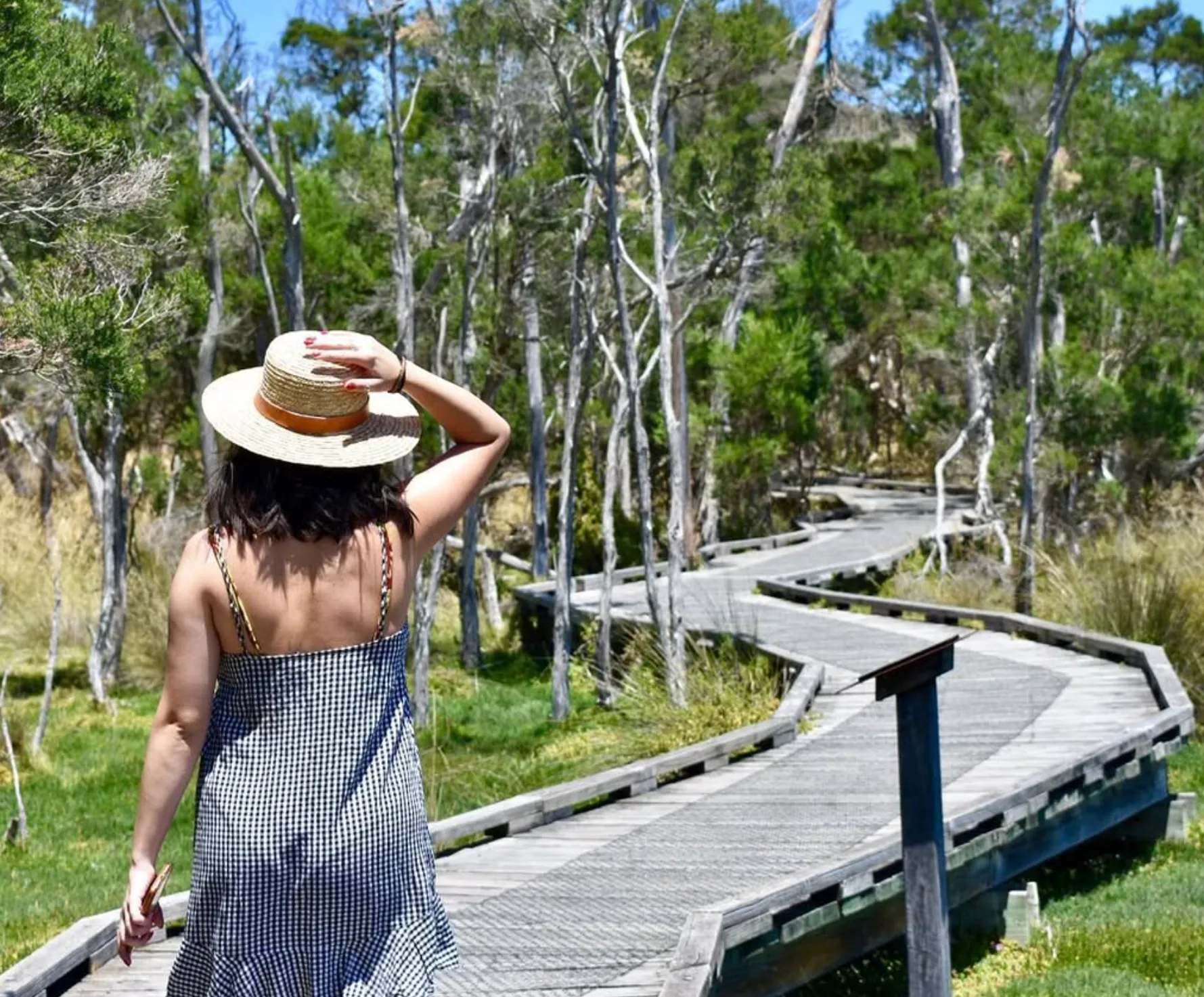
Rhyll Inlet and Conservation Hill
Rhyll Inlet and Conservation Hill are wetlands that are crucial to Phillip Island’s conservation of nature, a beautiful spot for birdwatching and walking. This area is home to many migratory seabirds and native animals that rely on the wetlands for survival. Conservation Hill’s trails take you through nature refuges and coastal views while education projects educate visitors about the importance of wetland habitats. Rhyll Inlet is managed through collaboration to protect these fragile ecosystems and the resilience of native species.
Things to Do
Wildlife and Animal Rescue
Phillip Island has many Australian animals, penguins, koalas, seals and native birds. You can see wildlife in protected areas and learn about conservation programs for these native species. The island also has wildlife rescue programs to help injured animals including albino animals and marine animals affected by human activity. Your visit contributes to these programs so Phillip Island can remain a wildlife haven.
Walking Trails
Climb to the top of Cape Woolamai and walk through lush woodlands. Phillip Island has many hiking trails. Trails range from easy boardwalks to challenging coastal paths, each with a different view of the island’s geology, cultural features and plant species. These trails are on public and private land with conservation agreements so the public can enjoy the natural environment and become active in nature reserves.
Tours and Programs
Phillip Island’s tours show you the island’s conservation values and how we protect animals and their habitats. Our education programs are led by the island’s education team and cover marine parks, animal control and pest plant management and the importance of sustainability. The Penguin Parade, Koala Conservation Reserve and Nobbies Centre offer guided tours that will teach you about the challenges to wildlife and inspire you to love nature.
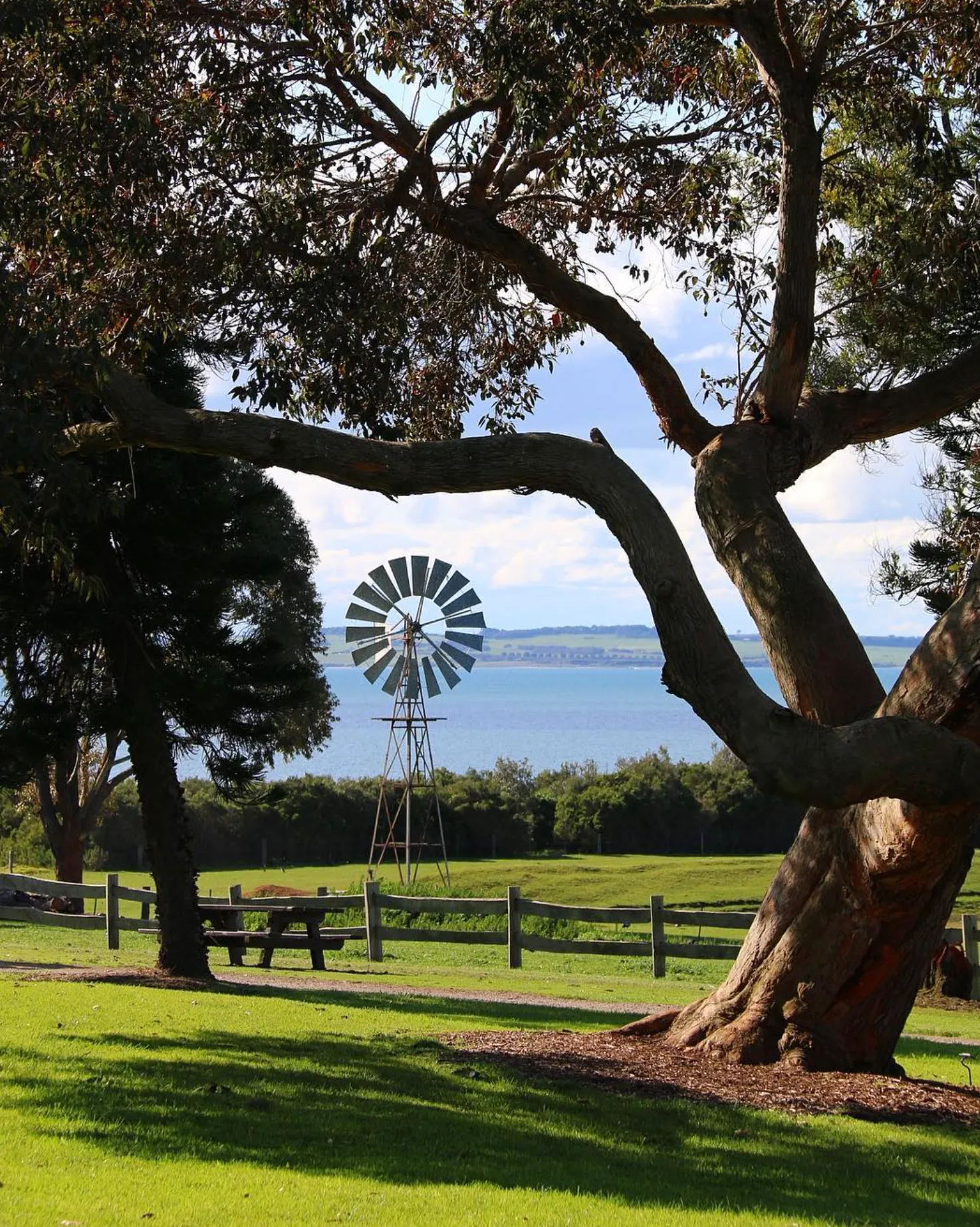
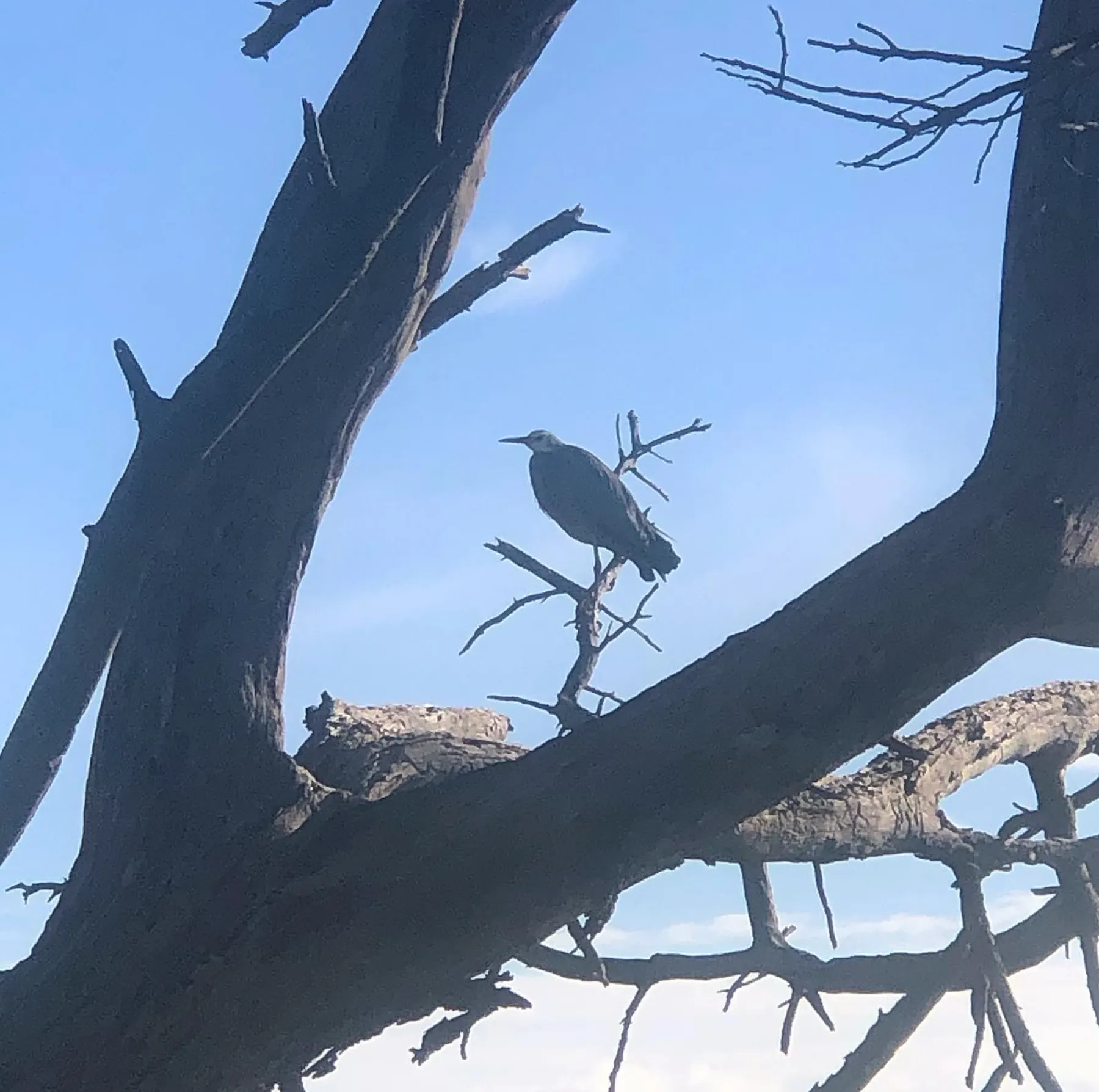
Photography and Birdwatching
For nature photographers and birdwatchers, Phillip Island is a haven with endless opportunities to photograph native animals in the wild. From masked boobies and migratory seabirds to koalas and fur seals, there are many species to see. You can access prime viewing spots at Rhyll Inlet and the Nobbies Centre, where you can see a wide range of native wildlife, and Phillip Island is the ultimate destination for Australia’s natural beauty.
FAQ
When is the best time to see wildlife on Phillip Island?
The warmer months (November to April) are best for outdoor activities but the Penguin Parade, Koala Conservation Reserve and Nobbies Centre are open year round for wildlife viewing.
Can I bring my camera to the Penguin Parade?
No photography is allowed at the Penguin Parade for the penguins but you can take photos elsewhere, such as the Nobbies Centre and Rhyll Inlet where you can capture the natural beauty of Phillip Island.
Can I camp on Phillip Island?
Yes, Phillip Island has camping options, with park estate areas for those who want to get back to nature. The Phillip Island Park Lane Holiday Park has facilities for all ages and is close to all the attractions.
How does Phillip Island support conservation?
Phillip Island supports conservation through its attractions, which fund wildlife rescue, habitat restoration and nature conservation programs. These programs are crucial for the island’s natural resources and species resilience.
Is Phillip Island suitable for young children?
Yes, Phillip Island has family friendly attractions, the Koala Conservation Reserve and Churchill Island Heritage Farm where all ages can participate and learn about conservation in a safe environment.

